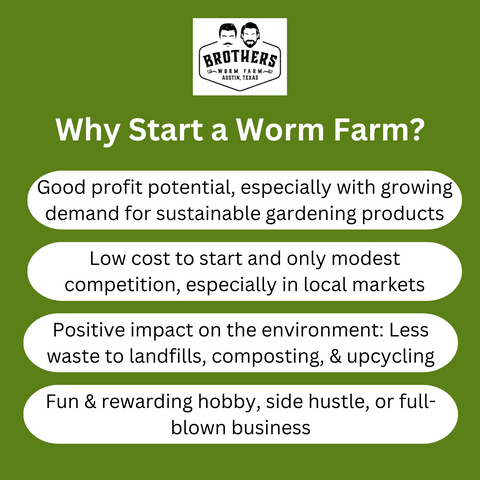North Carolina Worms - Questions
North Carolina Worms - Questions
Blog Article
How North Carolina Worms can Save You Time, Stress, and Money.
Table of Contents6 Easy Facts About North Carolina Worms ShownFacts About North Carolina Worms RevealedExcitement About North Carolina WormsLittle Known Facts About North Carolina Worms.Little Known Facts About North Carolina Worms.
Instance: 1-gallon of worm spreadings to 4 gallons of potting mix. Do NOT use a potting mix that has chemical plant foods in it. Check out the labelit will certainly say. 1/2 mug in all-time low of the planting hole for smaller sized plants. 1 cup for bigger plants. ie. tomatoes, environment-friendly peppers, summer squash, and the like.We locate that worm castings are not truly required for seed starting., promotes much better germination prices and plant health and wellness.
The enhancement of tea can also add raised microbial biomass to your soil. Organic. You can constantly side-dress your plants with worm spreadings at any moment. Just keep in mind, the microbes will certainly pass away if revealed to UV rays (Sunlight), so make sure to cover the castings with an inch or so of soil

This baffled them for years up until the screening approaches ended up being much better. It would obtain better(with even more castings), level off, and after that decline. Also many worm spreadings would speed up the development to a pace that the plant might not recover from.
Some Known Questions About North Carolina Worms.
I have clarified the virtues of worm spreadings for concerning 2000 words. Worm spreadings are no various. It takes time to develop quality worm spreadings.
Worm spreadings definitely set you back even more than chemical fertilizers. Worm castings are on the cheaper end of natural fertilizers. (50 gallons per year) It is a much harder and very expensive financial investment to generate big amounts of worm spreadings.
I would put worm spreadings up against any kind of fertilizer (chemical or organic) for plant wellness and yield. We have actually chatted regarding the several benefits of worm spreadings.
Producing a healthy and balanced soil may be the biggest advantage of worm spreadings. We discussed worm castings NPK and additionally the proper nutrient analysis that should apply to worm castings.
Excitement About North Carolina Worms
We spoke about some of the drawbacks connected with worm castings. I covered a great deal of material in this article. There are a lot of web links (interior and outside). If you would certainly like more details on a specific topic, please click through the web links for more information. As always, feel free to comment or ask inquiries.
(https://hubpages.com/@nrthc4ro1nwr)The upright burrows are normally open, although the worms top the top with residue and excrement. Roots need oxygen for their development, whereas they create carbon dioxide that requires to leave the dirt.

North Carolina Worms Can Be Fun For Anyone
In an additional study, earthworms were estimated to eat 4 to 10 percent of the top 6 inches of the dirt annually. Soil compaction his comment is here minimizes the porosity of the dirt.
Typical earthworm populaces can conveniently consume 2 lots of dry matter per acre each year, partially digesting and mixing it with soil. The importance of earthworms to mix surface residue with soil comes to be really clear in soils that do not have any type of earthworms. Many of our Pennsylvania dirts contend the very least some earthworms, and the effect of their complete absence, therefore, can not be noted.
In these soils, the development of topsoil with affordable organic matter content did not take area, causing inadequate plant development. As soon as the reason was developed, the government of the Netherlands began a project to introduce earthworms. After the introduction of the earthworms, a dark topsoil layer was developed, and plant development increased considerably.
All About North Carolina Worms
They live mostly from partially disintegrated natural matter that is currently integrated in the soil. These varieties consume big quantities of soil that they mix with absorbed crop deposit in their intestines.
Their burrows remain open, although they cap the leading with crop deposit that they pull to the entry. These types consume significant amounts of dirt that they blend with absorbed deposit in their digestive tracts. Their waste matter is largely deposited at the surface area of the soil. The nightcrawler Lumbricus terrestris is the most noticeable participant of this group.
Report this page